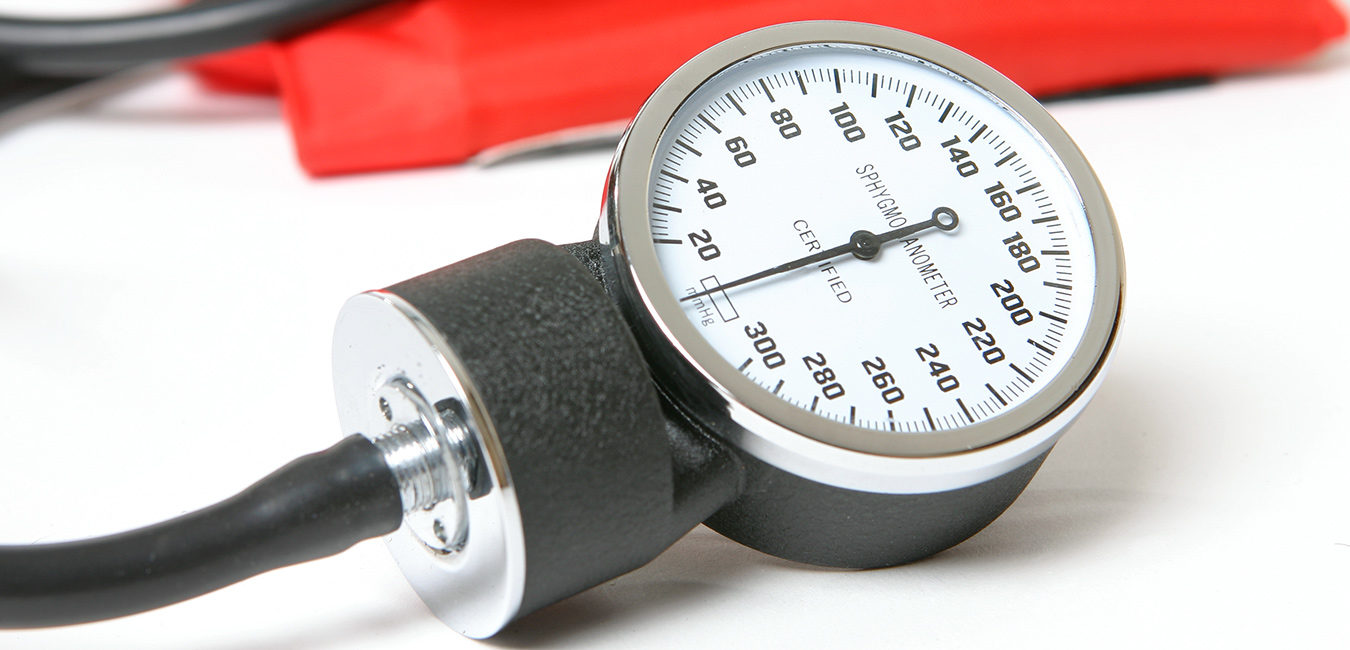New Definitions Designed to Stop This Silent Killer
The American Heart Association and the American College of Cardiology recently released long awaited new guidelines for managing blood pressure and they include significant changes for monitoring and treating this critical factor in heart health. Nine other health professional organizations endorsed the changes.
Blood pressure is always reported using two numbers. The top number, called the systolic blood pressure, measures the amount of pressure against the walls of blood vessels when the heart beats to push blood through the arteries. The bottom number, called diastolic, measures the amount of pressure against the walls of the vessels between heart beats, when your heart is at rest (i.e., the amount of pressure that is constantly present.)
Since high blood pressure is not something we feel, it is often unnoticed and undetected, and when untreated it can lead to a stroke or even death. That’s why it’s called the “silent killer”. The effect of the new guidelines will be to add an additional 31.1 million people to the rolls of those with high blood pressure, many of them younger. The number of men under age 45 with high blood pressure will triple while affected women of the same age will double.
Note: These categories are not based on a single blood pressure reading, but rather on an average of two or more careful blood pressure measurements on at least two or more occasions. Under the new guidelines, normal blood pressure stays the same—a reading below 120/80 mm Hg. The definitions of the elevated blood pressure and stages of hypertension are now defined as:
Elevated blood pressure: 120-129 mm Hg and less than 80 mm Hg
Stage 1 Hypertension: 130-139 mm Hg or 80-89 mm Hg
Stage 2 Hypertension: ≥140 mm Hg or ≥90 mm Hg
Hypertensive crisis: Over 180 mm Hg and/or over 120 mm Hg.
Although blood pressure targets have shifted downward, there are important differences in terms of treatment. Lifestyle changes alone are the recommended therapy for people with elevated blood pressure readings. People with stage 1 hypertension will get the same advice, unless they already have heart disease or at least a 10 percent 10-year risk of it, based on the ACC/AHA atherosclerotic risk calculator for cholesterol.
People with stage 2 hypertension will need blood pressure medications. (Drug treatment is only linked to a lower the risk of heart disease and death in people whose baseline systolic blood pressure is 140 mm Hg or higher.)
It’s hoped that the new guidelines will have a positive effect by flagging elevated blood pressure earlier and promoting lifestyle modifications that can reduce it, thus avoiding medications that may have unwanted side effects. In fact lifestyle approaches are remarkably effective. These include weight loss, adopting the DASH (Dietary Approaches to Stop Hypertension) diet, lowering sodium intake, increasing potassium in the diet, and drinking no more than one alcoholic drink a day for women or two for men.
A recent meta-analysis and review of studies on the DASH diet found that it lowered systolic blood pressure by an average of 6.74 mm Hg. and diastolic blood pressure by 3.54 mm Hg. The diet emphasizes fruits, vegetables, and low-fat dairy foods; reduces total and saturated fat; and limits red meat, sweets, and sugary drinks.
Combining the diet with sodium restriction may be even more effective. People assigned to such a regimen lowered systolic blood pressure 4.3 mm Hg and diastolic blood pressure 1 mm Hg after just a week, according to a new study from researchers at Johns Hopkins University School of Medicine.
Weight loss and exercise can also play a role. People who lost nine pounds on average lowered their systolic blood pressure by 4.5 mm Hg and diastolic by 3 mm Hg. according to recent Austrian research. Regular workouts lower systolic blood pressure by an average of 4 to 9 mm Hg—as much as some blood pressure-lowering medications.
These new guidelines reflect the best evidence yet for managing hypertension. And while a new diagnosis is never welcome news, the outlook for preventing heart attacks and strokes for those with this heart disease risk factor is bright.

